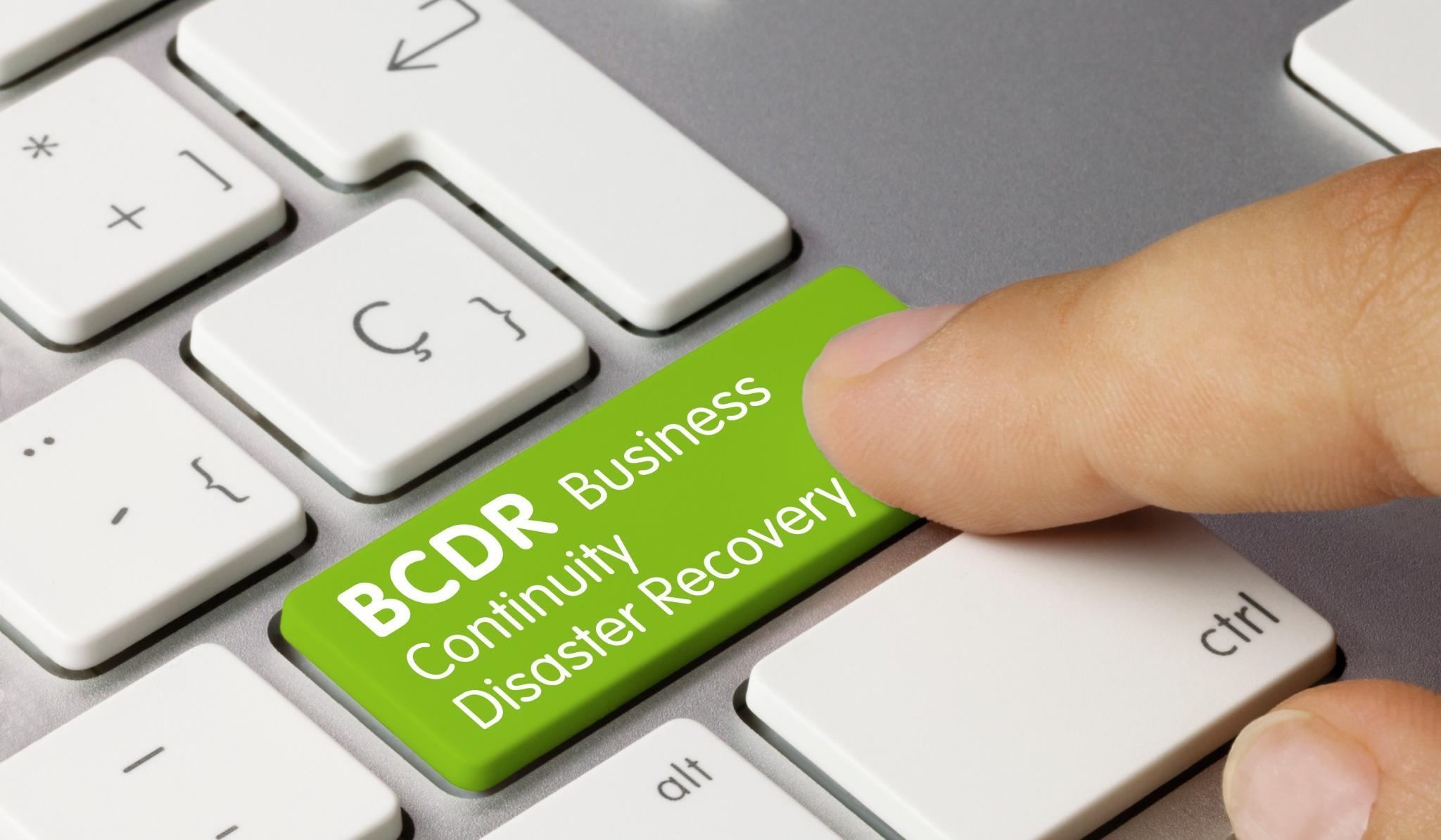Virtual CTOs – How Can They Benefit My Business?
As businesses continue to modernise and innovate new modes of working, virtual roles are becoming increasingly popular. Virtual Chief Technology...
4 min read
FitzroviaMarketing : Apr 30, 2020 12:53:33 PM
Organisations have long been aware of the importance of business continuity, from as early as the 1970s, offsite storage and recovery centres emerged to protect business data and intelligence. Furthermore, throughout the 1990s, businesses took a holistic approach to disaster recovery and focused on business continuity. With interruption to service delivery of any size having detrimental effects on competitive advantage for big businesses, business continuity became big business in its own right. With a growing threat of cybersecurity, and this year demonstrating that anything is possible, it’s time for business owners to consider what business continuity means to them.
This year, the world came under threat, and with it, traditional business came crashing to its knees. Without warning of what was to come, teams had to enact business continuity measures, whether or not they had pre-prepared for such an event, and quickly adapt to a new business landscape. A landscape where working from home was no longer a luxury, where face-to-face operations ceased to exist and where businesses had to rethink how to accomplish essential processes.
Business Continuity Plans are vital in ensuring processes, assets, human resources and stakeholders continue to function as required during periods of an unplanned disruption. With more of a comprehensive coverage over traditional disaster recovery plans, a Business Continuity Plan is a document which allows your business to outline how it will continue operating during unplanned disruptions. Whether it be a routine update gone wrong, cyber-attacks or a world-wide pandemic a Business Continuity Plan gives your team the essential resources to know when to trigger the plan, what’s involved and how to mitigate further risk.
A vital part of any business, a Business Continuity Plan allows teams to identify and build resiliency between key processes, individuals, applications and infrastructure. A Business Continuity Plan reduces downtime while simultaneously strengthening disaster recovery, crisis management and regulatory compliance.
The global pandemic in which we currently find ourselves has forced businesses to tackle business continuity and disaster recovery head-on. Not only have employee safety and government compliance been a high priority but also too is the ability to connect key staff, now working remotely, to the files, systems and infrastructure needed to achieve essential outcomes.
Aside from general business survival, teams are facing challenges surrounding keeping traditionally paper-based business functions running during periods of remote working. Whether it be HR functions losing the ability to complete paper-based processes or financial processes relying on traditional means – COVID-19 has been an extreme incident which identified the processes struggling to keep up with a worst-case scenario. Following some of the most radical changes to the business world in recent years, it’s time to develop a Business Continuity Plan.
While coronavirus was sudden and fast-acting, and as the world returns to normal, businesses should revisit the concept of business continuity, and work to develop a comprehensive tool for teams. We’ve put together some tips to get you started.
A business continuity plan is built on the following three primary principles, being:
Business Continuity plans also tend to include checklists that include supplies, equipment, backups and backup locations. The plans typically identify administrations and contact information for key personnel.
Plans typically follow an overarching structure but consider important contextual factors relevant to your business. Some of which are:
While a Business Continuity Plan can be as elaborate or concise as your business needs, it typically will follow a high-level structure similar to the following:
Developing and constructing your business continuity plan is only half of the task, equally as important is the testing and continued development of the BCP. What makes testing so important is that it allows you to determine if the plan suits the organisational needs as well as limit the impact of a potential disruption to critical elements of the business.
Perhaps one of the vital-most parts of the business continuity plan is the testing, continuous improvement and training of key personnel.
When testing a business continuity plan, there are many ways your team can do so:
Structured Walk-Through:
The structured walkthrough test brings together the critical personnel and creates time for a round table discussion based on scenarios that would enact the business continuity plan and explore the different types of responses required. Allowing personnel involved the opportunity to further explore the coverage of the plan and whether the scope for improvement exists.
Simulation:
In a similar approach to the structured walkthrough, the simulation brings together the wider collective of stakeholders, including; leaders, partners, vendors, management and staff. The simulation plays out an event and tests the recovery functions as well as testing that redundant systems operate as expected.
Full Recovery Test:
This style of testing calls for as close to real-life response for a disaster – the test involves all members of staff and tests the coverage of the plan. The test monitors operations as they shift into backup environments.
Upon developing, testing and distributing the Business Continuity Plan for your organisation, it remains important to regularly review it to ensure the plan remains in alignment with goals and requirements.
It is recommended that reviews are conducted on at least an annual basis. When reviewing your business continuity plan, make sure to consider the following:
The processes of developing a Business Continuity Plan can be an involved process, but don’t let that deter you, investing in a Business Continuity Plan can minimise risks during a rainy day.
Many businesses have worked with managed service providers, such as Fitzrovia IT, in developing a bespoke Business Continuity Plan for their operations. Our team has worked alongside countless businesses looking to secure their data, protect their competitive advantage and ensure that they remain as agile as possible.
Our team works to guide your key stakeholders through the process of developing, testing and implementation of business continuity plans – in bringing together the experience from previous clients and expert knowledge of IT infrastructure, managed service providers are well-positioned to aid in the development of your business continuity plan.
Speak to our team today to learn more about a business continuity plan for your business.

As businesses continue to modernise and innovate new modes of working, virtual roles are becoming increasingly popular. Virtual Chief Technology...

Business Continuity and Disaster Recovery (BCDR) are a set of closely related practices that support an organisation’s ability to remain operational...

2 min read
In today's rapidly evolving digital landscape, businesses face a myriad of challenges when it comes to managing their IT infrastructure. As...